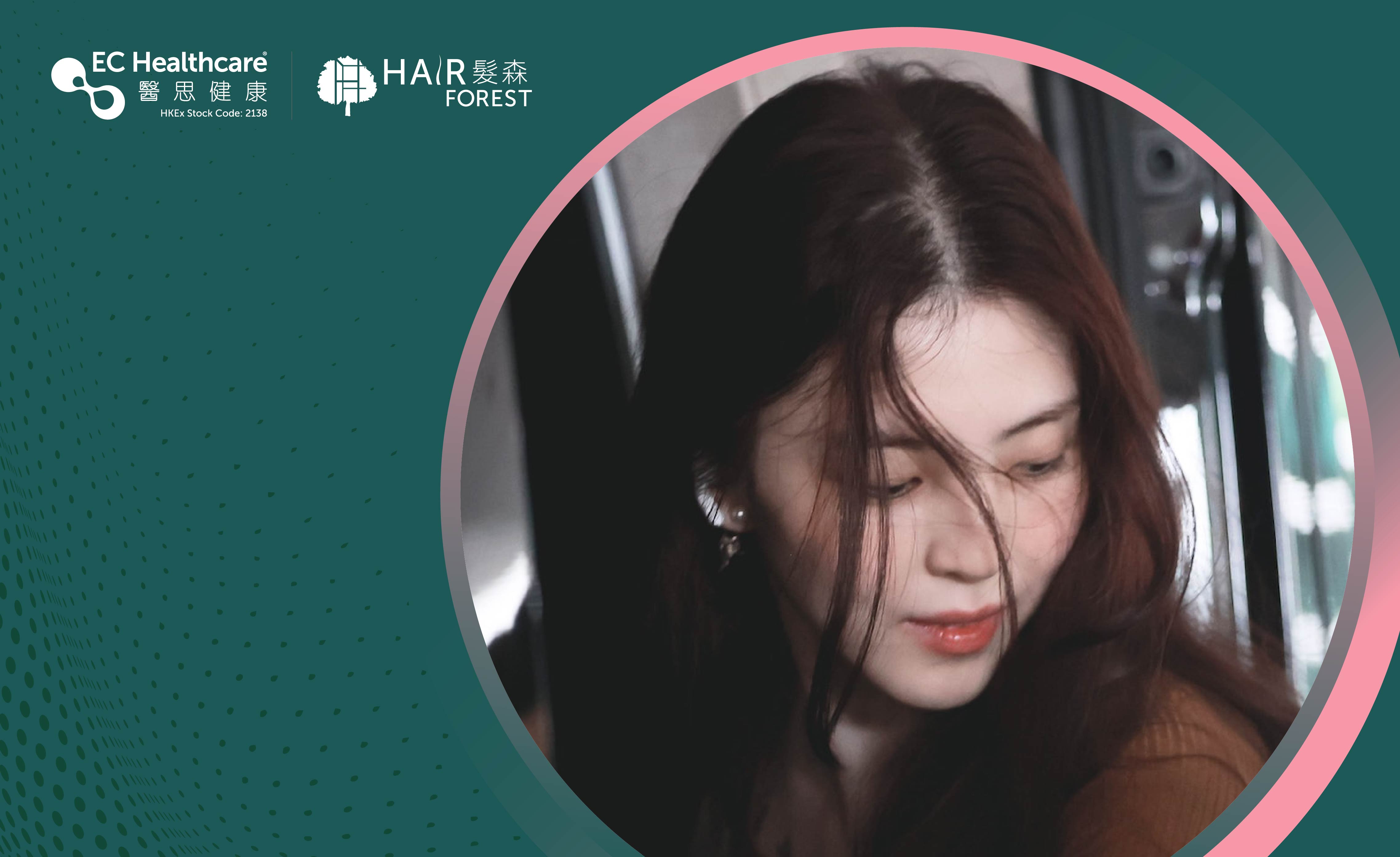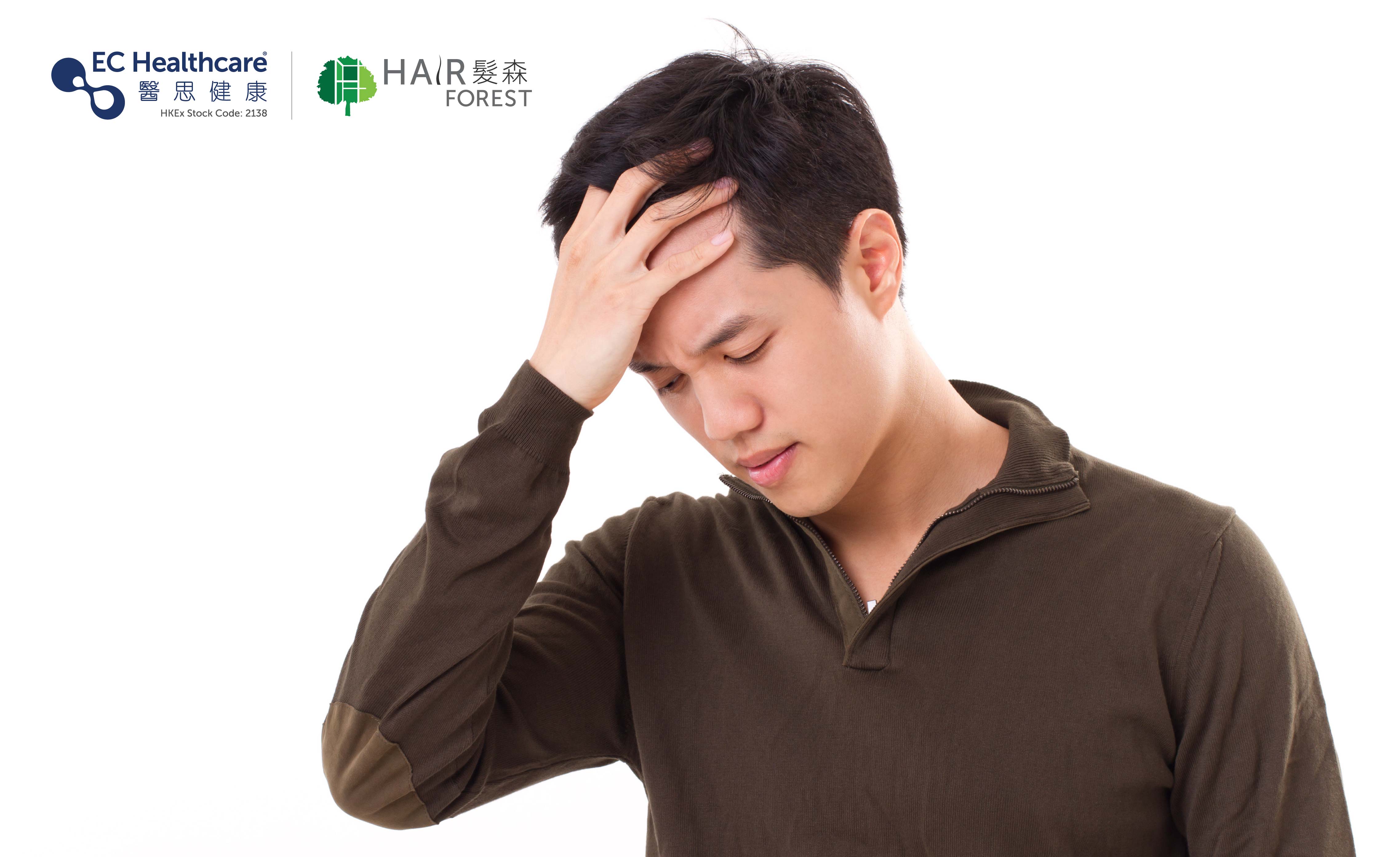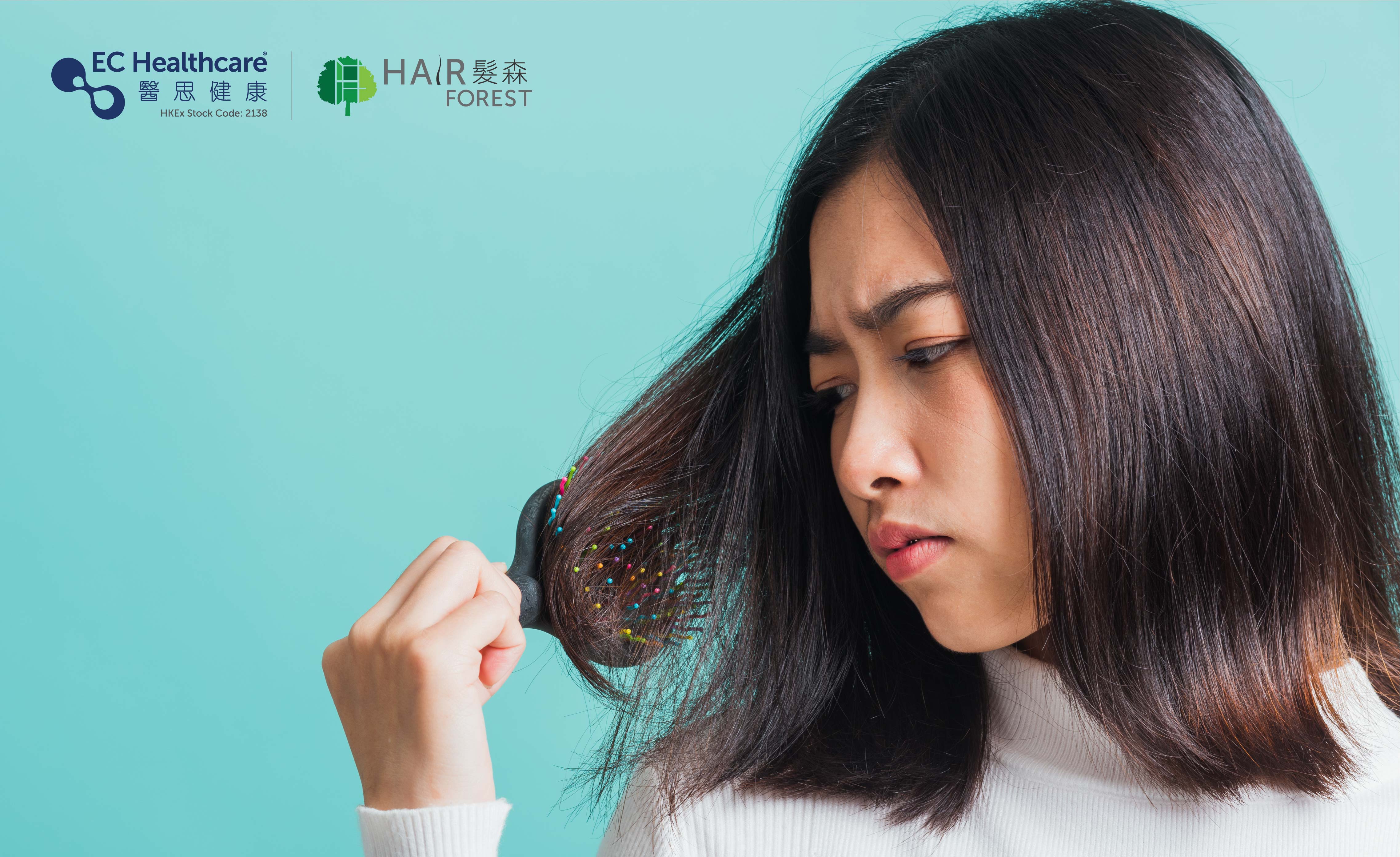Even “The Most Beautiful Mistress” Is Facing Hair Thinning Crisis? 5 Hair Parting Techniques Every Girl with Thin Hair Must Learn


Crowned "the most beautiful mistress" due to her performance in the Korean drama "The World of the Married", Han So-hee has received many endorsement deals and drama roles, eventually becoming a leading actress with a bright career path. However, her body has sounded the alarm due to her heavy workload. Recently, a netizen encountered Han So-hee at the airport and unexpectedly captured photos of her with a wide part line, causing a heated discussion on the Internet. In fact, she may naturally have thin hair, which makes her part line noticeable. This blog will analyse 5 causes of thin hair and teach 5 hair parting tips to help reduce the appearance of sparse or thinning hair.
5 common causes of thin hair
Dieting
Women who go on a diet to lose weight may not consume enough protein, which results in insufficient nutrition for hair growth. This can cause hair to become thin and brittle, and even lead to hair loss.
Unbalanced Diet
Hair needs different nutrients such as protein, vitamins, minerals, and various trace elements to grow healthily. Long-term unbalanced diets may not provide enough nutrients to the hair follicles. For example, a diet high in sugar can stimulate sebum production on the scalp, leading to inflammation and hair loss.
Stress
Different kinds of stress from daily life can cause tension in the scalp, which slows down blood circulation and hinders nutrient delivery to the scalp, resulting in poor hair quality. Long-term stress, anxiety or fear may even cause excessive constriction of capillaries in the scalp, leading to significant hair loss in a large area.
Pregnancy
Oestrogen levels will increase during pregnancy, and the hair will often become thicker and fuller. However, as oestrogen levels gradually decrease in the later stages of pregnancy, hair renewal will speed up and healthy hair may be shed in large amounts. After that, oestrogen levels will return to normal after giving birth, which can make hair loss even more severe.
Improper scalp care
Many ladies use hair conditioner to nourish their hair but often neglect their scalp, leading to hair loss. It is important to regularly cleanse the scalp, limit perms and dye jobs, massage the scalp regularly and reduce the intake of overly sweet or greasy foods to keep the scalp and hair follicles healthy. This can help reduce the chances of hair loss.
5 must-know hair parting techniques for girls
Taiwan hairstylist “Nien A Bing” (粘阿彬) recently shared five hair parting tips on YouTube. He pointed out that everyone has a unique hair direction, so before parting the hair, you should first observe the direction of hair growth. For example, if you comb your hair back and it flows to the right, then your hair direction is towards the right. This means that the part line should be on the right side to give the hair roots more support and add more volume.
Hair-boosting parting technique 1: Outward diagonal parting
Using the right hair growth direction as an example, you can use a pointed-tail comb to create a vertical parting above the right side of the nasal bridge, then diagonally separate the hair backwards to keep the left side of the hair voluminous. This kind of parting can guide the eyes away from the part line, reducing the appearance of sparse hair.
Hair-boosting parting technique 2: Big zigzag parting
This technique can be done in two ways. First, comb the hair back for a more natural look. Then, use a pointed-tail comb to draw a large "Z" shape on the top of the head. After that, lift the hair and use the other hand to separate the two sides of the hair to refine the part line.
Hair-boosting parting technique 3: Small zigzag parting
If you want a more subtle look, you can place the pointed-tail comb flat in the middle of the head and move it in zigzags towards the back. Then, again, use the other hand to separate the hair to blur the part line.
Hair-boosting parting technique 4: Curved parting
First, comb the hair back, and use a pointed-tail comb to draw a curve from the middle towards the ear position. Then, draw the part line inwards and flick the hair to the other side. This technique is similar to the diagonal parting, but this style gives the look of more voluminous and fuller hair.
Hair-boosting parting technique 5: Inward diagonal parting
Compared to the outward diagonal parting, this look is slanted towards the centre of the hair, creating a voluminous look only at the bangs area to avoid excessive volume.
If hair loss is in the middle or later stages, the above hair parting techniques may not completely cover the part line. At this point, you should identify the cause of your hair loss problem, such as stress, scalp inflammation, or genetics, and then follow the instructions of a hair expert and undergo appropriate hair loss treatment to combat the hair loss crisis!
Identify The Causes of Hair Loss
Hair Forest’s AI Scalp Examination
Hair Forest has recently introduced an upgraded version of the AI Scalp Examination that won the Red Dot Design Award. The advanced AI data analysis technology can analyse up to 33 items by only taking 3-4 photos of the scalp, and track your hair growth condition with an accurate mapping system.
Hair care experts can completely grasp the information about the scalp and hair loss conditions and provide a detailed report to the patient, which helps formulate the most suitable hair regrowth therapy for the best therapeutic effect. The technology also helps ensure an effective hair regrowth therapy that targets different areas to strengthen the therapeutic effect. Patients can keep track of their treatment progress and feel secure and relaxed during the process.
- German AI analysis technology
- Won the Red Dot Design Award
- AI mapping system of hair follicles
- Analysis of up to 33 items for hair follicles and scalp conditions
- The number of empty hair follicles, hair follicle density, hair thickness ratio, etc
Get Rid of a Wide Part Line
Hair Forest’s RGA Hair Regeneration Treatment
Transplant healthy hair cells to the hair loss site for fuller hair at the part line! RGA Hair Regeneration Treatment is a revolutionary technology that is FDA (U.S.) and PMDA (Japan) approved, and CE-certified (EU). It utilises a minimally invasive cell transplant technology to extract cells in your hair follicles from your scalp. Advanced microdissection technology will then be employed to extract growth factors in 3 minutes to restore a healthy scalp and promote thick hair growth. The whole surgery only takes 30 minutes and achieves a cell survival rate of up to 93%. The surgery is also minimally invasive and will not interfere with work and daily activities.
- A revolutionary technology, FDA (U.S.) and PMDA (Japan) approved, and CE-certified (EU)
- Suitable for hair follicles that have not completely shrunk
- Visible results of thicker and longer hair in 30 days after the treatment
- Results last for 2 years
- A 150-hour treatment session conducted by a professional and well-trained doctor team









